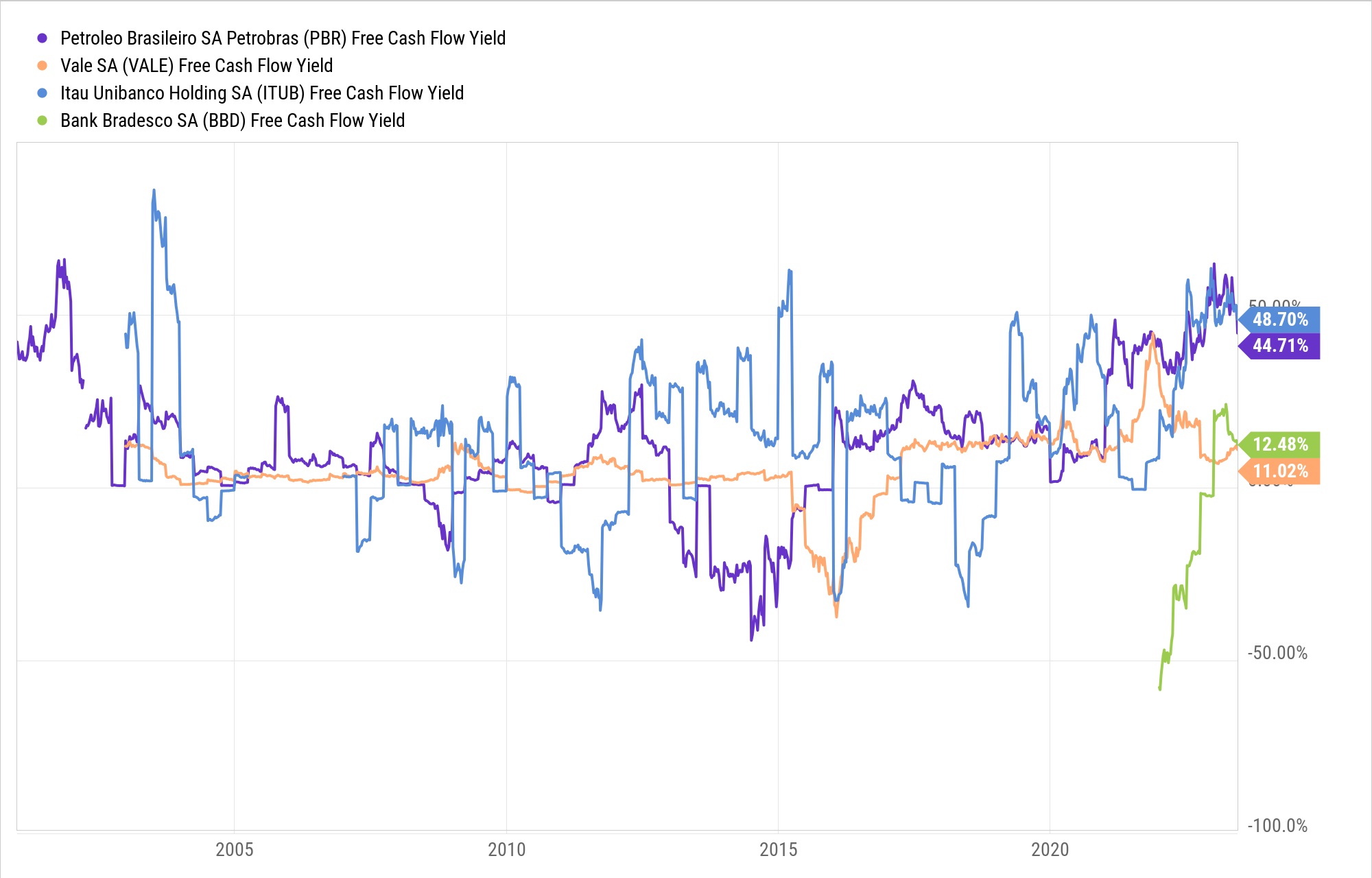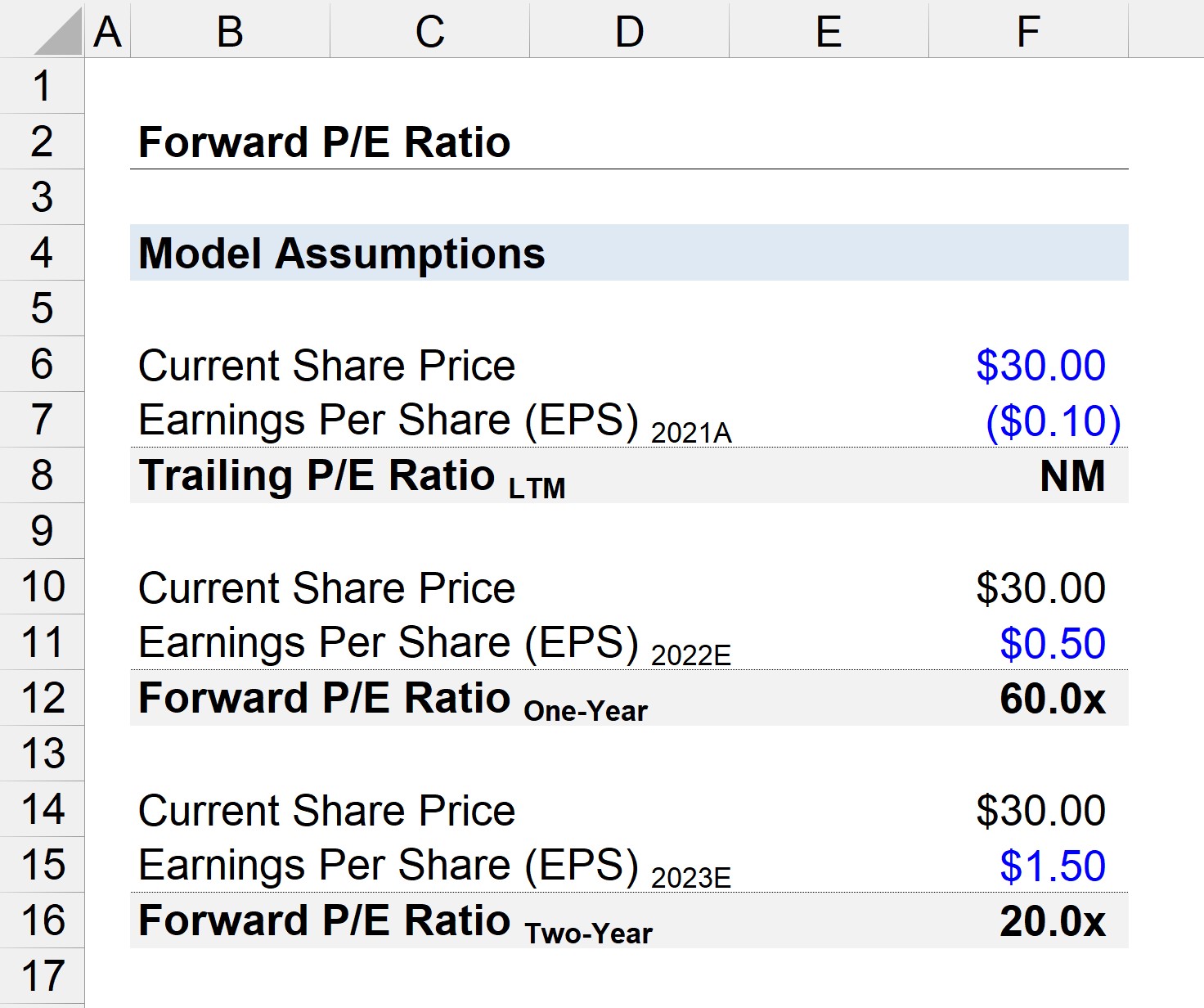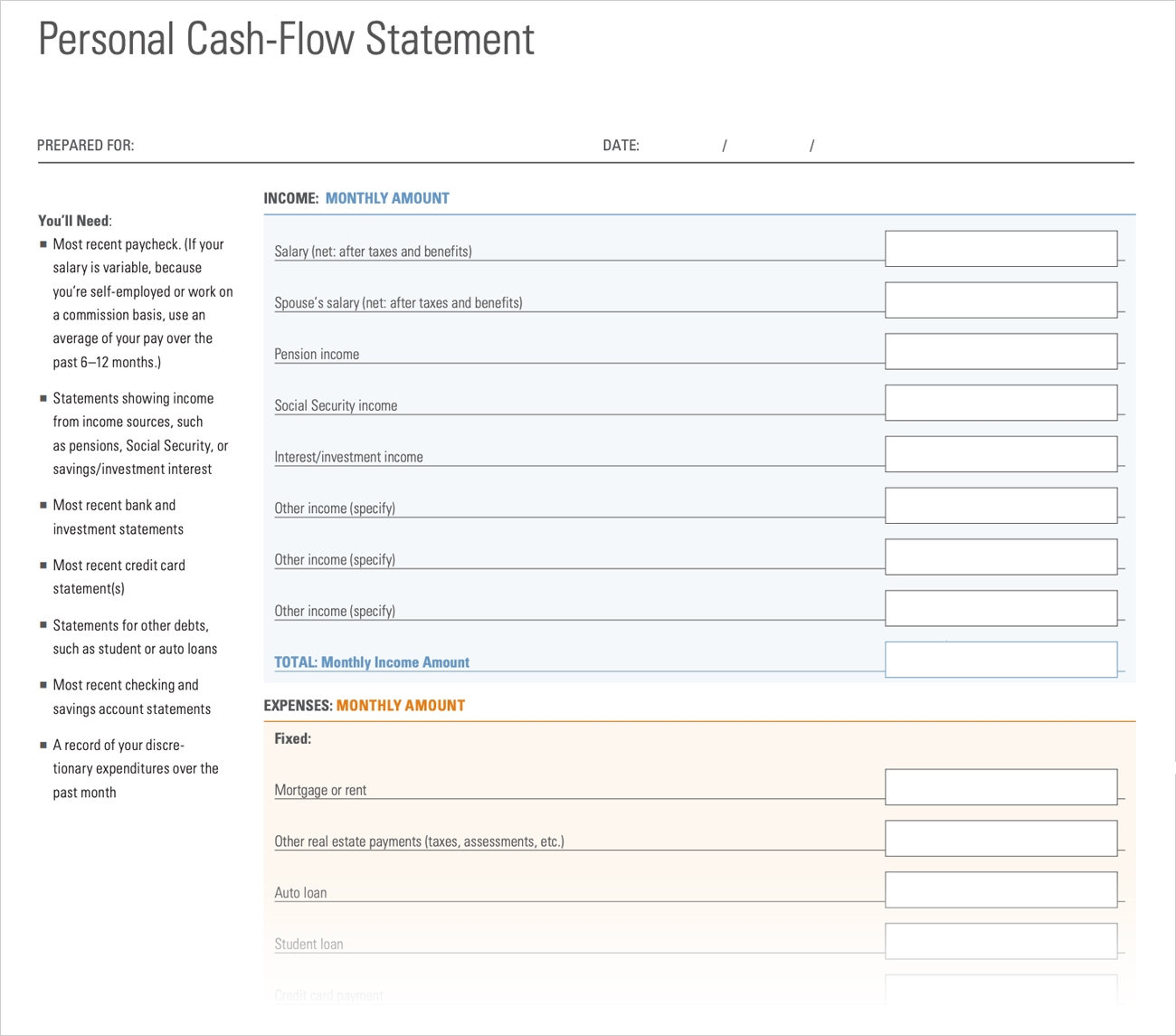Home>Finance>What Is Levered Free Cash Flow (LFCF)? Definition And Calculation


Finance
What Is Levered Free Cash Flow (LFCF)? Definition And Calculation
Modified: December 29, 2023
Learn the definition and calculation of Levered Free Cash Flow (LFCF) in finance. Understand how it can help evaluate a company's financial performance.
(Many of the links in this article redirect to a specific reviewed product. Your purchase of these products through affiliate links helps to generate commission for LiveWell, at no extra cost. Learn more)
Understanding Levered Free Cash Flow (LFCF)
When it comes to understanding the financial health and overall performance of a company, leveraging key financial metrics is essential. One such metric that plays a crucial role in analyzing a company’s financial strength is Levered Free Cash Flow (LFCF). In this blog post, we will dive into the definition of LFCF and its calculation method, shedding light on why it is an important factor in evaluating a company’s financial stability.
Key Takeaways:
- Levered Free Cash Flow (LFCF) is a financial metric used to measure the amount of cash a company has remaining after paying off its debts and obligations.
- LFCF is considered an essential metric as it provides insights into a company’s ability to generate excess cash that can be utilized for various purposes such as reinvesting, paying dividends, or reducing debt.
What is Levered Free Cash Flow (LFCF)?
Levered Free Cash Flow, often abbreviated as LFCF, is the measure of a company’s cash flow available to its stakeholders after deducting interest expenses and taxes. It represents the amount of money a company has left over after meeting its debt obligations and capital requirements.
The emphasis on “levered” in LFCF signifies that it considers the financial leverage (debt) used by a company to finance its operations. By accounting for interest expenses in the calculation, LFCF provides a more accurate representation of a company’s financial strength.
How to Calculate Levered Free Cash Flow (LFCF)
The calculation of LFCF involves a relatively straightforward process. It can be derived by following this formula:
LFCF = Operating Cash Flow – Capital Expenditures – Taxes – Interest Expenses
Let’s break down each element of the formula:
- Operating Cash Flow (OCF): This refers to the cash generated by a company’s core operations, including revenue from sales, minus operating expenses.
- Capital Expenditures (Capex): Capex represents the amount of money a company invests in acquiring, upgrading, or maintaining its fixed assets or real estate properties.
- Taxes: This includes income taxes paid by the company at local, state, and federal levels.
- Interest Expenses: Interest expenses are the costs incurred by a company for borrowing money through loans or debts.
By subtracting the capital expenditures, taxes, and interest expenses from the operating cash flow, we arrive at the company’s Levered Free Cash Flow (LFCF).
Why is Levered Free Cash Flow (LFCF) Significant?
Levered Free Cash Flow (LFCF) is a valuable metric for investors and analysts as it provides a better understanding of a company’s financial viability and ability to generate excess cash. Here are two key takeaways to keep in mind:
- Financial Stability: The LFCF metric allows investors to assess a company’s financial stability by determining its capacity to meet debt obligations while retaining enough cash to fund growth opportunities or reward stakeholders.
- Investment Opportunities: By analyzing a company’s LFCF, investors can evaluate its potential for generating excess cash that can be used for reinvestment, mergers and acquisitions, or returning value to shareholders through dividends.
In conclusion, Levered Free Cash Flow (LFCF) serves as a vital indicator of a company’s financial health. It provides insights into a company’s ability to generate excess cash, repay debts, and invest in future growth. By understanding LFCF and its calculation, investors and analysts can make more informed decisions when assessing a company’s financial performance and prospects.














